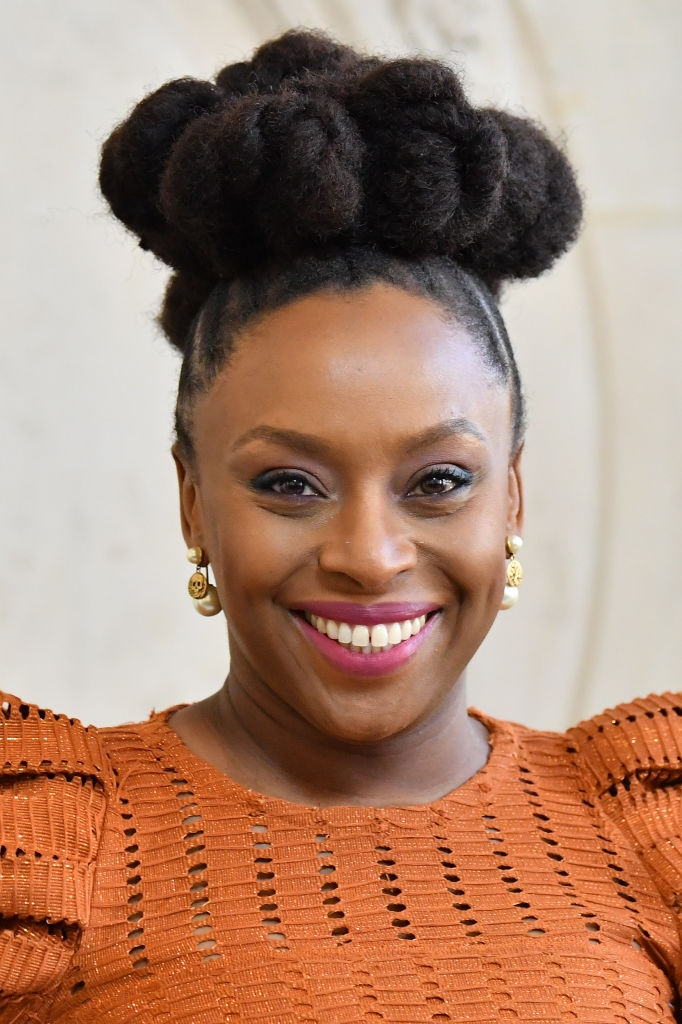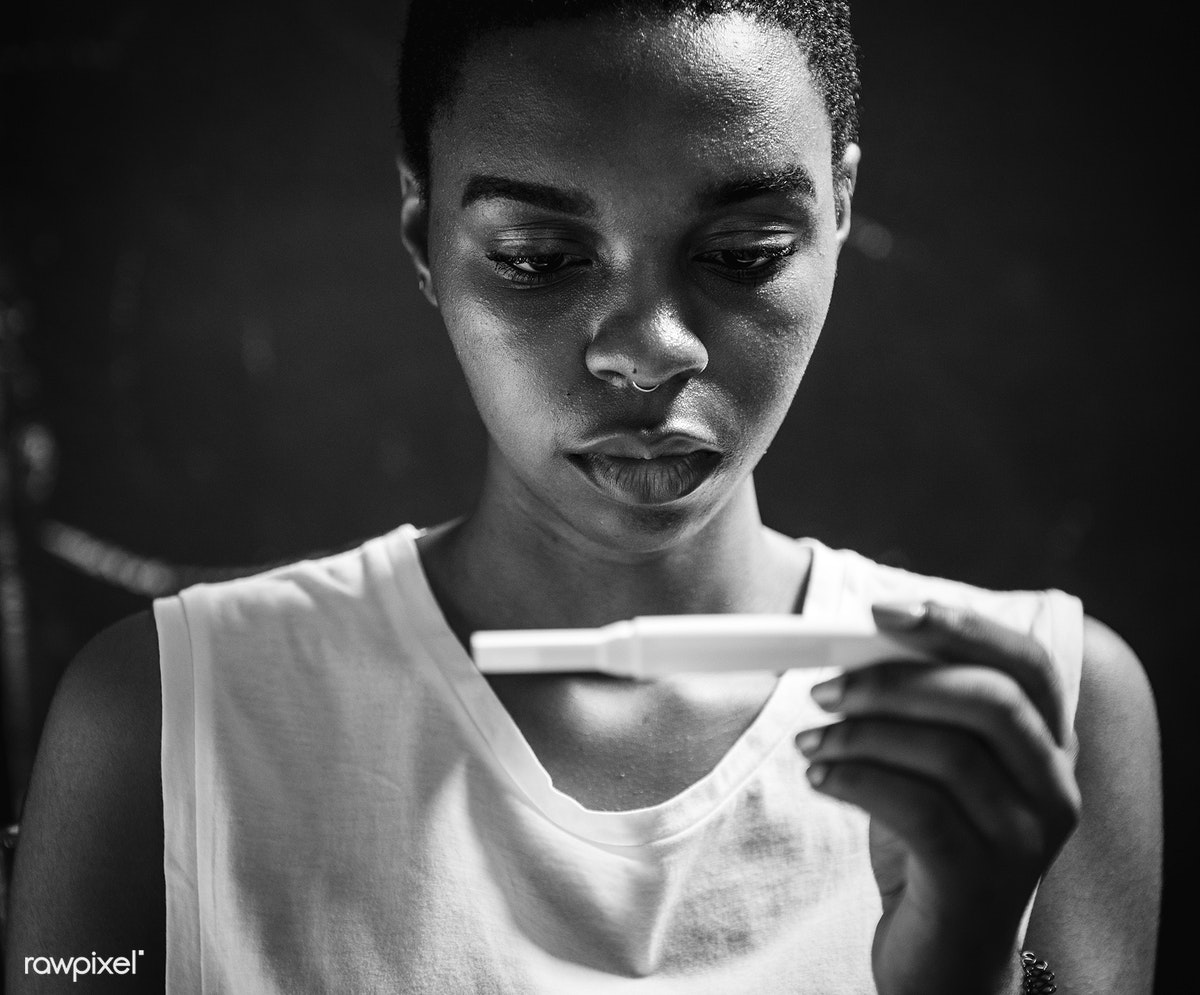Enabling Inclusive Communities
Inclusion is when people with special needs coexist side by side those with non-special needs in everything.
A community is a group of people who live in a particular area. Therefore, an Inclusive Community is an ideal community where its citizens and members feel safe, respected, and comfortable in being their true selves and expressing all aspects of their identities. A place where everyone shares a sense of belonging.
In reality, some people by design or desire are never included in community activities, events and projects. These persons are mostly people living with disabilities (PWDs), indigenous people, and to some extents, women.
The topic of inclusion is an age-old one, those who are often not included or considered in general policies, activities, events and projects are always on the loss because they feel hated and rejected. Some of them feel frustrated by accessing some basic services. Timelines are set without having them at the back of the mind.
My interest will fall generally on People with Disability. Although disability is broad as we have these types: mobility and physical impairments, spinal cord disability, vision disability, head injuries or brain disability, hearing disability, cognitive or learning disabilities, psychological disorders and invisible disabilities to name just these. However, people with Non-Mosaic Down syndrome according to the Social Security Administration (SSA) are considered to have a disability from birth.
 |
| Dying Through The Panama Jungle To Reach U.S.A |
The level of neglect and rejection some of the people living with down syndrome face only makes the topic of inclusion imperative and not new. Some are even accused of being witches and wizards while some are seen as a curse to their families, others are seen are nuisance and only a few people think they should be treated with some equality. This brings SDG Number 10, which talks about reducing inequalities.
We all can possibly change these stereotypes that exist about people with down syndrome and get them included and considered as part of the community they are.
Firstly, we can start by doing a good study of our communities to know exactly the kind of people living in our various communities. This way we won’t have any excuse for not knowing the existence of people with special needs in our communities. An aspect like knowing the source of information in the community is important.
Communication is only complete when information sent has received feedback. It will be practically difficult to preach inclusion if we cannot communicate well. Communicating well also means using media outlets that consider everyone living in the community including those with special needs. This way, the radio, TV and social media should not only be used in dishing information but also by writing inclusive stories. Journalists have the huge task of using positive words in referring to these people. It is actually not their choice nor fault to be as such. For example, instead of saying Peter suffers from down syndrome, it could be better put as Peter lives with down syndrome.
Secondly, create activities that will include everyone. Inclusion cannot be achieved if our communities are still stratified. If we still, choose areas were to be inclusive or those not to, then we are still limited. All kids should go to school. We should have people with special needs in mind while granting scholarships, building new schools, building libraries, recreational facilities, pharmacies etc.
Thirdly, before organizing an event make it inclusive. In terms of time, location, facilitators, translators, select words that will make everyone feel included. These will mean that we want everyone to understand us.
Conclusively, an inclusive community will remain in the diaries of idealist philosophers if concrete and inclusive measures are not taken by the law and policymakers. It has to start from there. At some points, I would even recommend social coercion. Having a community leader who lives with a disability will be inspiring and exemplary to others everywhere.
Let’s make our communities inclusive. So far, a lot has been said already about this topic, time for action is now!


Comments
Post a Comment